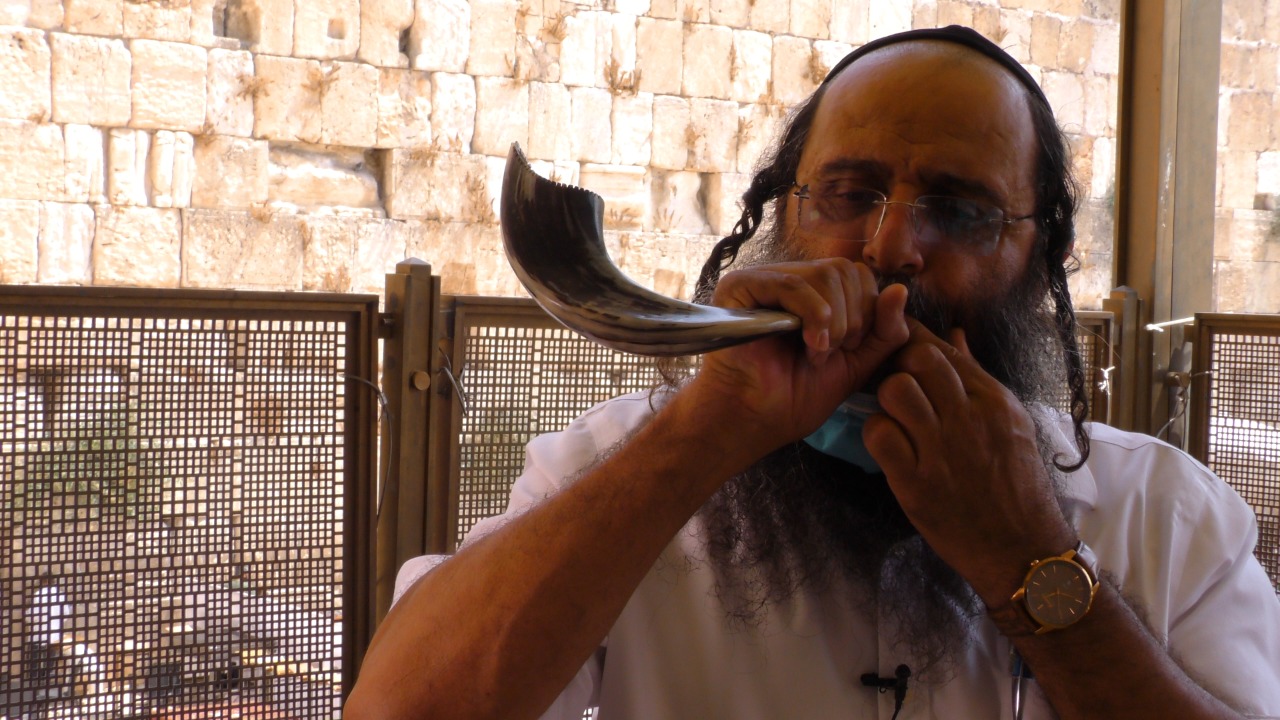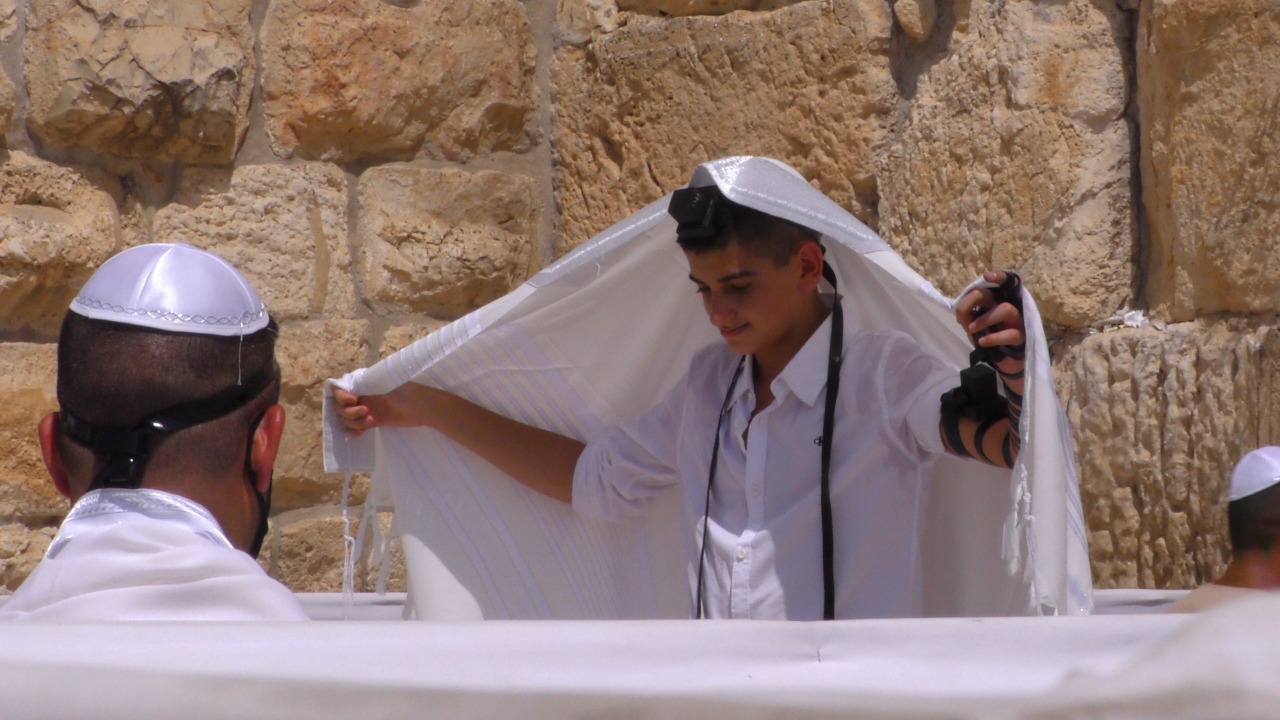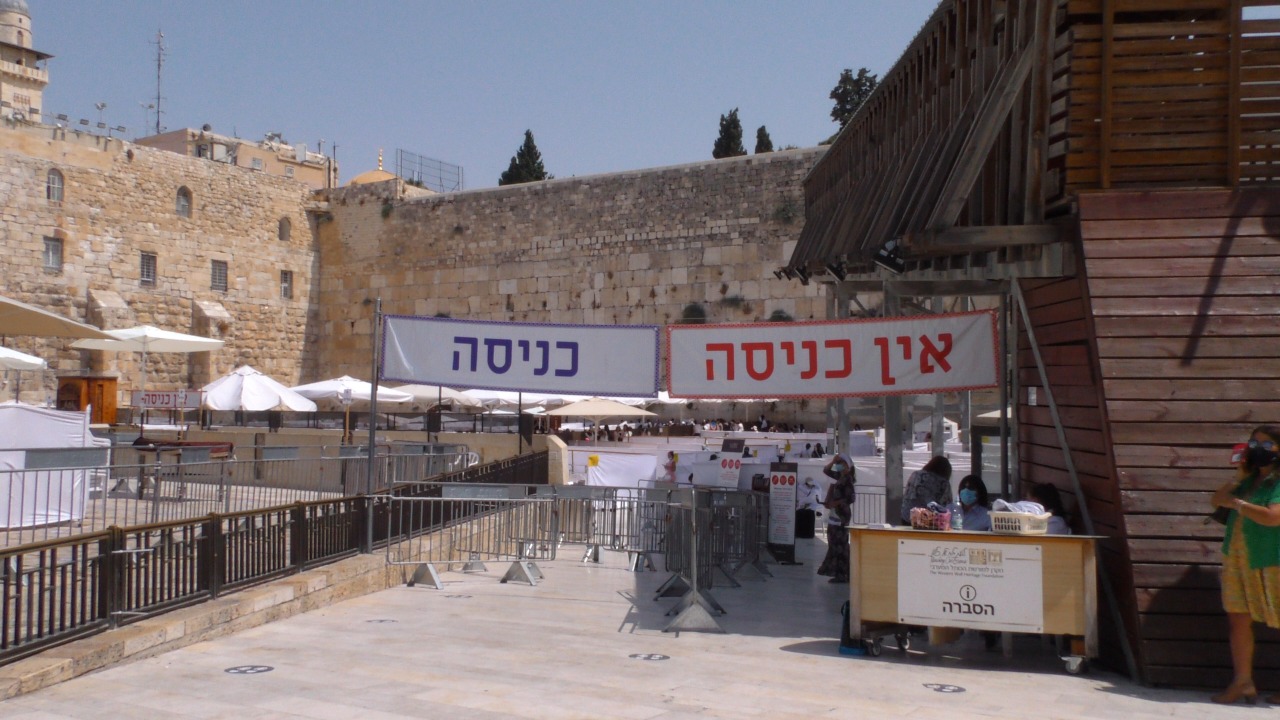Due to Pandemic, Western Wall Raffles Off Tickets for High Holy Days
Normally packed with tens of thousands of worshipers, this year only 2,500 will be permitted to attend main Selichot events
During any normal year, the Western Wall plaza in Jerusalem’s Old City is filled to the brim with worshipers ahead of the Jewish High Holy Days.
Among many customs associated with this festive period are Selichot, penitential prayers that are recited at the Western Wall, Judaism’s holiest site.
Tens of thousands of Jews – young and old, men and women, secular and religious – come from all over the country and from abroad, packing the plaza during the weeks leading up to Rosh Hashanah, the Jewish New Year, and Yom Kippur, the Day of Atonement.
But with the coronavirus pandemic, this year is unlike any in recent memory.
To keep crowding to a minimum and prevent unnecessary disappointment, the Western Wall Heritage Foundation has opted to raffle off 2,500 tickets for the main holiday event: Selichot prayers taking place from 11:00 pm to 1:30 am.
Only worshipers whose names are drawn in the lottery and who have special tickets on hand will be allowed to attend. Police will also be deployed throughout the Old City to ensure that health directives are met.
“We were concerned with how we can manage the week before Rosh Hashanah and the week before Yom Kippur to handle the mass of people coming,” Yohanna Bisraor of the Western Wall Heritage Foundation told The Media Line. “Rosh Hashanah and Yom Kippur are the climax of the Jewish calendar here at the Western Wall.”
Due to Health Ministry restrictions, at the moment only 2,500 people are allowed into the plaza to pray at any given time. The space itself has been divided into small walled-off capsules that can only hold a limited number of worshipers; social distancing markers have also been placed on the ground at regular intervals.

A view one of the Western Wall “capsules” that are intended to help maintain social distancing, Sept. 7, 2020. (Raymond Crystal/The Media Line)
“We managed to think of creative ways to allow as many people as we can be here for these important holidays for the Jewish people,” Bisraor said.
People pray from around midnight until dawn. This is the time where the skies are the most open to prayer
In previous years, some 100,000 people would attend midnight prayers at the peak of the holiday period. Selichot, prayers for forgiveness, are recited by observant Jews who believe that during this period God judges the world and determines how the upcoming year will unfold.
“People pray from around midnight until dawn,” Daniel Yom Tov, an event coordinator at the Western Wall Heritage Foundation, explained to The Media Line. “This is the time where the skies are the most open to prayer.

Daniel Yom Tov, who coordinates bar mitzvahs at the Western Wall, demonstrates how to blow the shofar, Sept. 7, 2020. (Raymond Crystal/The Media Line)
“Because of this, during normal periods this entire plaza would be full of people,” he continued. “I’m not exaggerating; tens of thousands of people came each night last year.”
While registration is required for the main Selichot events, worshipers who are unable to get a ticket will still be able to visit the Western Wall during the rest of the hours of the day. If the plaza is full, however, they will be required to wait outside until more space becomes available. Additionally, those watching from the comfort of home can via special broadcasts on the Western Wall Heritage Foundation website.
“People come because they feel that the beginning of the year can give them something fresh and new,” Bisraor related. “We know the Western Wall is sometimes called the Wailing Wall. People come to pray, to cry and to ask for forgiveness and for a better year.”
There are still no tourists in Israel as its skies remain closed to foreign nationals, but in recent months life has slowly begun to trickle back to the holy site.
In fact, dozens of Israeli families arrive each day to celebrate.
“There was a period of four months where there were no bar mitzvahs here,” Yom Tov noted. “After the first wave of the coronavirus, we reopened to bar mitzvahs and they … slowly went back up to a peak of 50 or 60 bar mitzvahs each day.”

A boy celebrates his bar mitzvah at the Western Wall in Jerusalem, Sept. 7, 2020. (Raymond Crystal/The Media Line)
Before the pandemic, he added, there were often up to 120 bar mitzvahs taking place on any given day.
“Obviously this is not the Western Wall as we’ve seen it in the past,” he affirmed. “But, praised be God, after the period where the wall was closed off – some color and festivities have returned. There are now bar mitzvahs and joyous family events taking place here.”
Click here to see the video version of this report.

